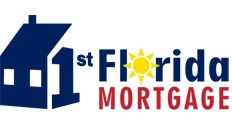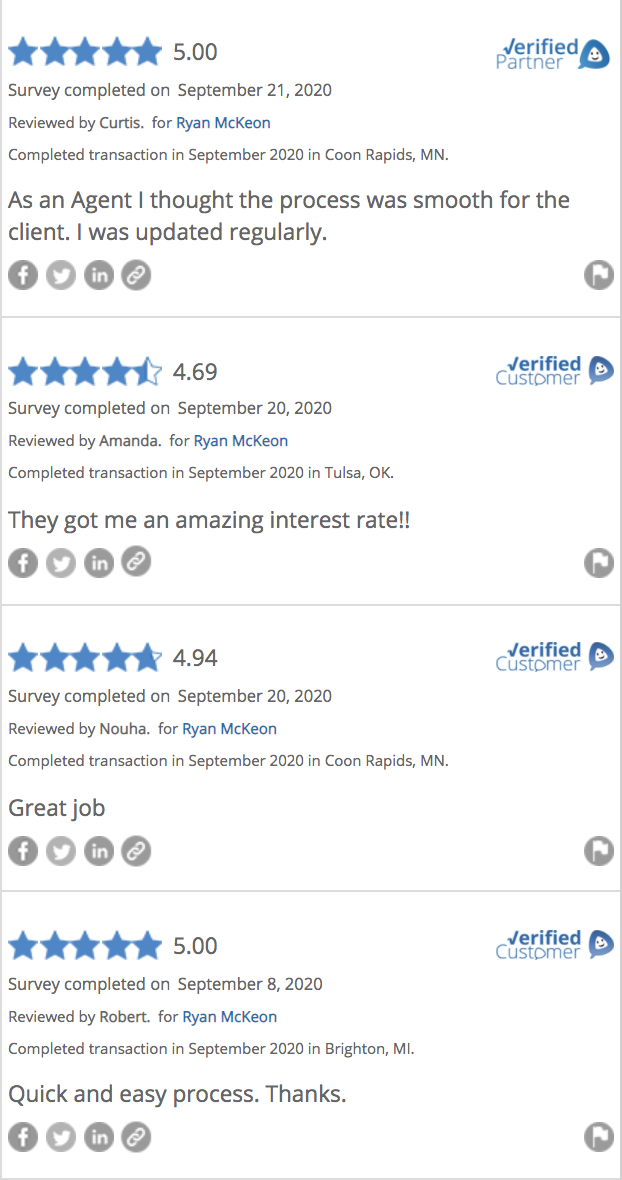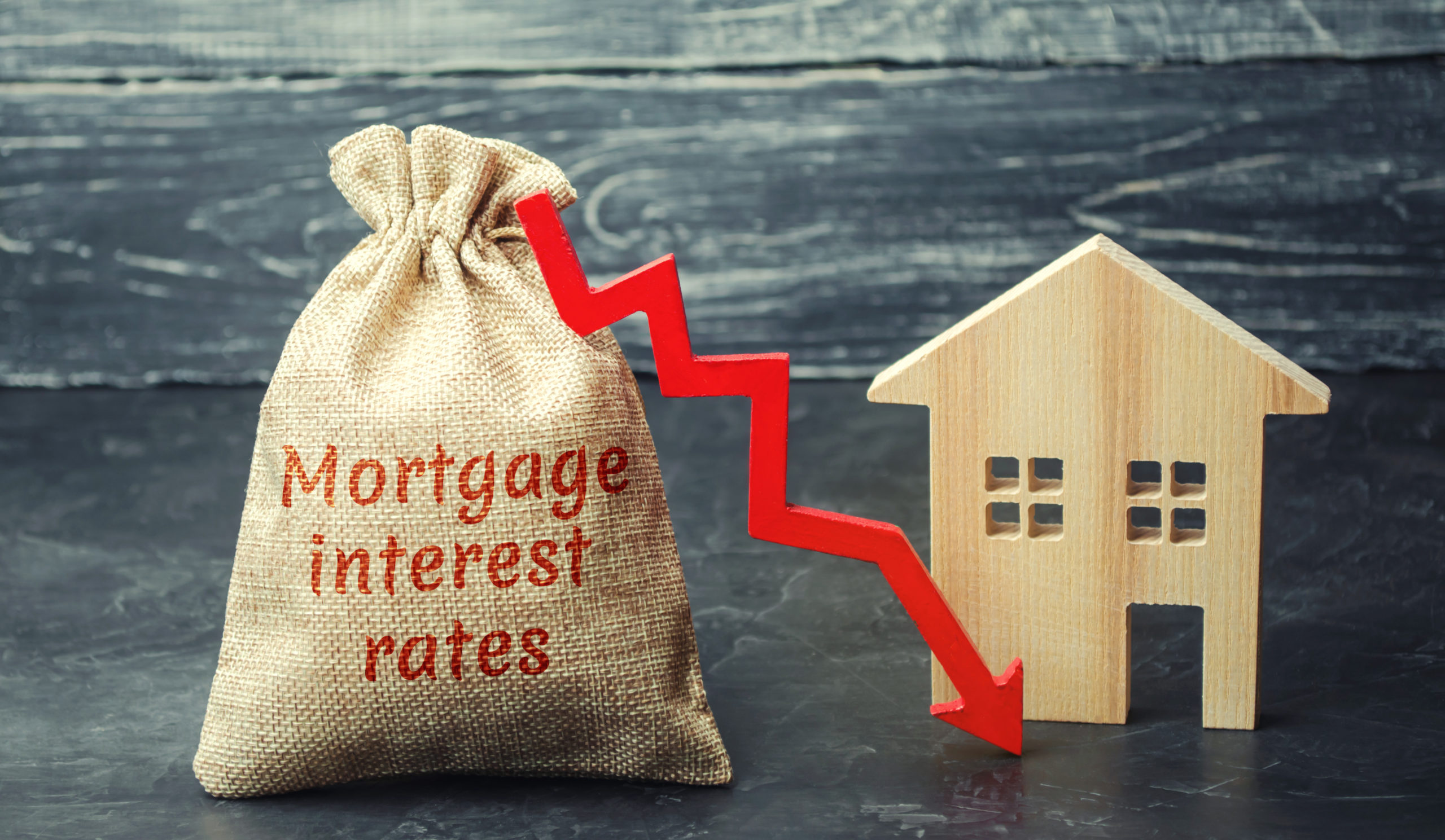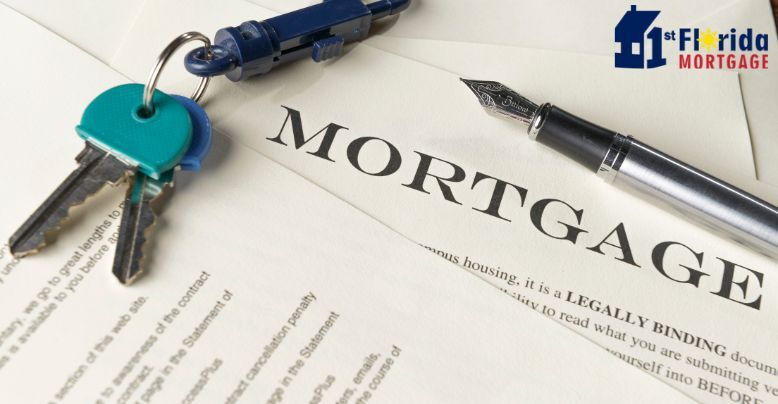The terminology is confusing. A second mortgage is any loan that involves a second lien on the property. Some second mortgages are for a fixed dollar amount paid out at one time, in the same way as a first mortgage. As with firsts, such seconds may be fixed-rate or adjustable-rate.
You will need to keep in mind what you will be using the loan for, because there are differences in the interest rates and how and when they are paid off, when trying to decide which is better, a second mortgage vs. home equity loan. So, let’s take a look at a home equity loan and second mortgage: what’s the difference?
Second Mortgage
A lump sum loan amortized like your first mortgage is the best way to understand what a second mortgage is. It’s a secondary loan behind your first mortgage and the closing costs are generally lower. When it comes to the interest rate and offers a fixed rate, this type of loan is similar to your first mortgage.
One-time purchases, such as a large home improvement project or the restructuring of your debt are a couple of reasons people obtain a second mortgage. The qualification process isn’t as daunting as when you first purchased your home, but the interest rate is usually higher than the rate on your first mortgage.
You will need to document your income and your credit must be good in order to qualify for this type of loan. But beware of loans offering zero or no-equity that allow you to borrow up to 125 percent of the home’s value. The zero and no-equity types of loans tend to have stricter qualifying standards and the interest rate will be higher.
Home Equity Loan
Also known as a home equity line of credit (HELOC), a home equity loan offers an adjustable rate of interest. A second mortgage is often, erroneously, referred to as a home equity loan, which causes confusion as to which type of loan you obtain. Be aware of this terminology and read the fine print if it is truly a second mortgage you want rather than a line of credit.
The seeds of confusion were sown all the way back in the 1980s when second mortgages appeared that were structured as a line of credit rather than for a fixed dollar amount. Borrowers could draw up to some amount, when and as they pleased. These loans were called “home equity loans” or “home equity lines of credit,” with the latter shortened to HELOC. They are always adjustable rate.
The HELOC loan offers a variable rate of interest, continuous use of funds, and future amortization. Often, you will be given a credit card to access the funds of a HELOC and there will be a limit to how much you can use, depending on your qualification and the property value of your home. In terms of usage, a HELOC is most convenient when your cash needs are stretched out over time. A common example is a series of home improvements, one followed by another. College tuition payments is another.
Which Is Better?
When considering any type of second mortgage or home equity loan, take into careful consideration the amount you need because you do not want to deplete all of your home’s equity. Both types of loans can reduce your debt, and a second mortgage interest is tax deductible. Also, be sure that the combination of the two loans, your initial mortgage and now this second one, does not go beyond 90 or 95 percent of your home’s value because when you decide to sell your home, you will want the debt you have accrued covered by the sale of your home.
The terms and payments will depend on which you choose. Decide what your needs are and compare lenders to find the loan best suited for you.





